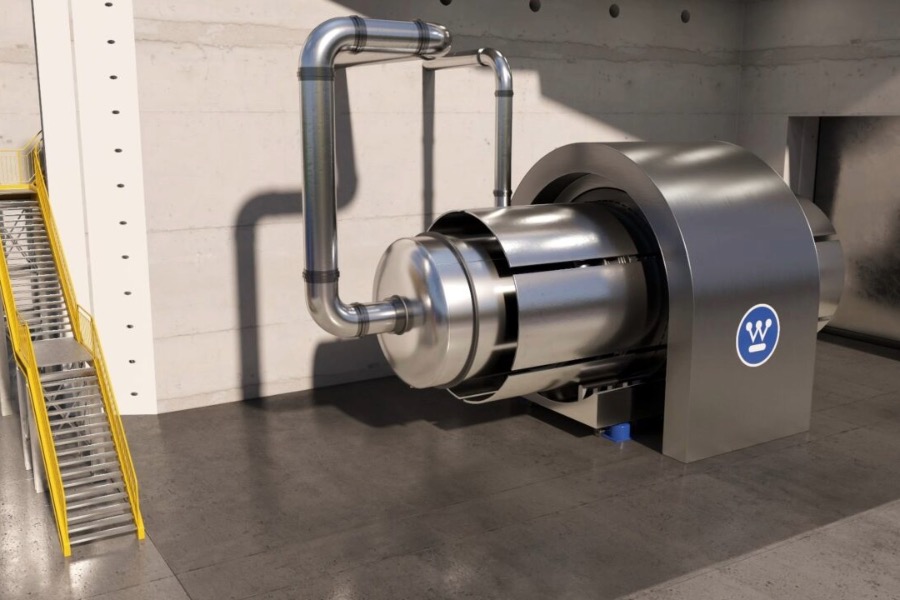
Advancing Microreactor Technology Efficiencies through Digital Twins
In recent years, there has been a significant increase in the adoption of renewable clean energy, signaling a crucial transition towards sustainable power production on a global scale. Technological progress, supportive policies, and a heightened public awareness of environmental issues have made renewable energy sources like solar, wind, and geothermal power increasingly accessible and cost-effective. Countries at the forefront of responsibly sourcing and manufacturing clean energy technologies stand to gain significant economic advantages.
Of America’s many abundant energy resources, nuclear energy emerges as a vital component of the U.S. renewable energy sector. According to the U.S. Department of Energy, nuclear power contributes nearly 20 percent of the electricity generated in America. Nuclear reactors are among the most viable options for a rapid transition to a carbon-free economy. A vital component of the portfolio of nuclear power generation is the development of next-generation small modular reactors (SMRs) and microreactors. Microreactors are compact in design and can potentially be connected entirely off the grid, offering a reliable and scalable solution to meet growing energy demands.
Westinghouse Electric Company (Pittsburgh, PA) is a leader in the microreactor space with its next-generation eVinci® microreactor. In contrast to large, centralized stations, the transportable eVinci® was designed for decentralized remote applications, such as distant mining operations and other remote or edge-of-grid communities. Westinghouse refers to its revolutionary design as a “nuclear battery.” After generating electricity over a life span of 8+ years, the entire microreactor unit—including its spent fuel—can be seamlessly removed and replaced with a new unit, like a battery.
In October 2023, Westinghouse met with CMU College of Engineering faculty to discuss industrial and research challenges. Following an absorbing exchange of ideas during the CMU campus visit, continued discussion led to addressing the needs of the eVinci® development and related research opportunities.
Supported by PITA, Westinghouse is collaborating with CMU researchers to investigate how to embed sensors in microreactors to monitor their performance and support decisions on reactor operation and maintenance. Led by Matteo Pozzi and Kaushik Dayal, professors of civil and environmental engineering at CMU, the project follows the paradigm of Digital Twins, where physical entities (microreactors) are represented by numerical models informed by data collected by the monitoring systems. In turn, the forecasts provided by the numerical models support the control process of the physical entities.
To Pozzi and Dayal, the application of Digital Twins to microreactors is particularly enabling because similar devices can be jointly analyzed, calibrating a general model for the reactor type and one specifically calibrated model per each microreactor, according to a set of interconnected probabilistic digital twins.
The team is optimistic about the project's potential for industrial and societal impact. Digital twins offer a valuable application in the realm of microreactors due to the need for mechanical modeling, the integration with sensor data, and the possibility of developing a hierarchical model, where the general model is related to specific models for each reactor. Benefitting from Westinghouse’s long history of innovation, the team believes their partnership will contribute to the commercial competitiveness of the eVinci® reactors and support Pennsylvania's leadership in clean energy research and manufacturing.